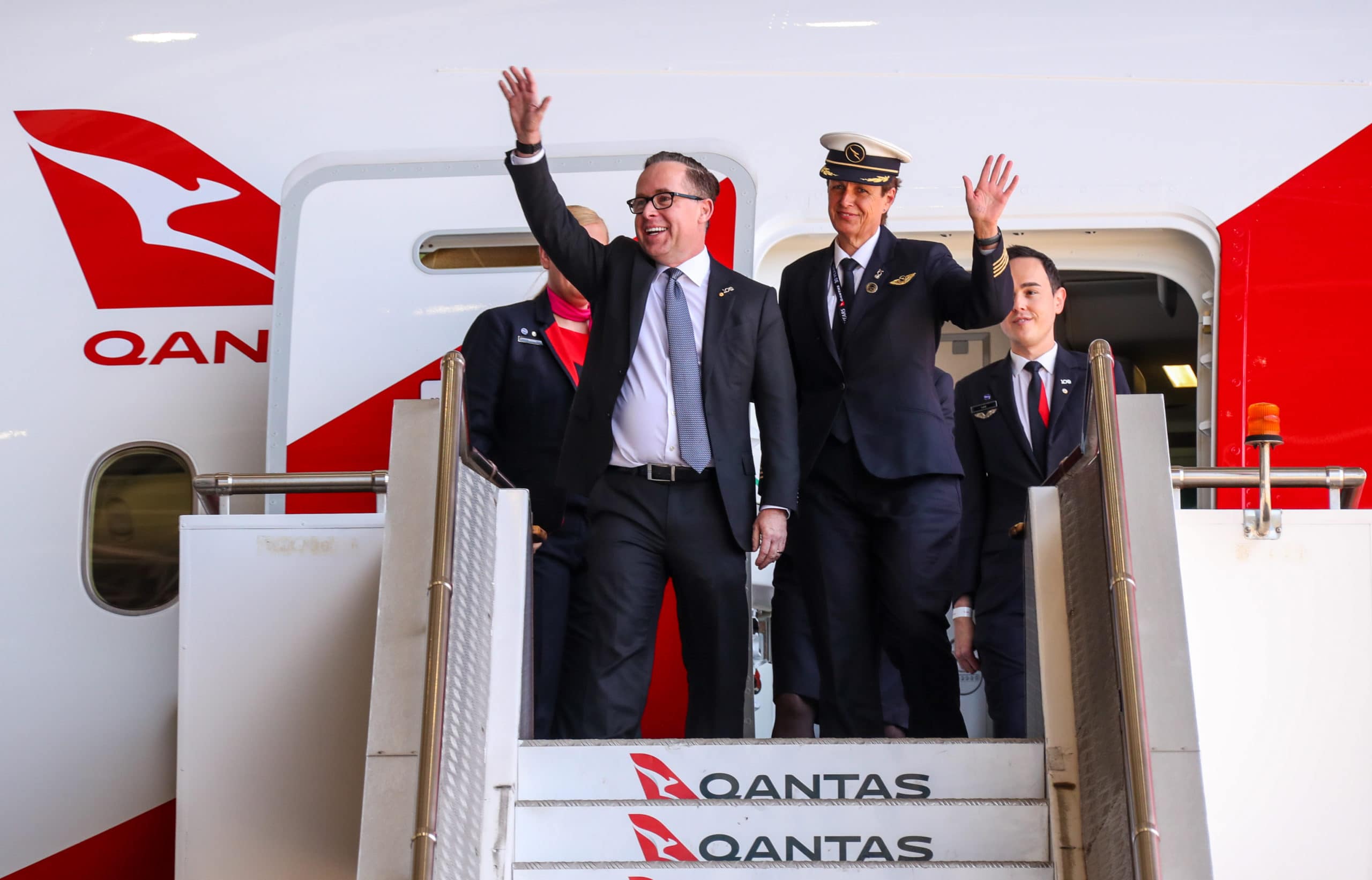Qantas will bring forward its restart date of international flights for fully vaccinated travellers
Qantas and Jetstar will bring forward the restart of more international flights to popular destinations from Sydney and operate regular flights to Delhi, the first commercial flights for Qantas between Australia and India in almost a decade.
“This is the best news we’ve had in almost two years and it will make a massive difference to thousands of our people who finally get to fly again.”
Qantas Group CEO Alan Joyce said
The faster ramp up follows the Federal and New South Wales governments confirming that international borders would reopen from 1 November 2021 and the decision by the NSW Government to remove quarantine requirements for fully vaccinated arrivals – which significantly increases travel demand.
“Australia is ready for take off”
Australia’s pm said on friday
“We’ve said for months that the key factor in ramping up international flying would be the quarantine requirement. The decision by the NSW Government to join many cities from around the world by removing quarantine for fully vaccinated travellers means we’re able to add these flights from Sydney much earlier than we would have otherwise,” Joyce said.
These decisions – combined with plans by states and territories to reopen domestic borders – support all Qantas and Jetstar workers based in Australia and New Zealand who are currently stood down to return to work by early December 2021.
This includes around 5,000 employees linked to domestic flying and around 6,000 linked to international flying.
Due to extended border closures, many international crew have been stood down since the start of the pandemic.
All passengers on Qantas and Jetstar international flights (aged 12 years and older) will be required to be fully vaccinated with a TGA-approved vaccine (unless they have an exemption).
Qantas and Jetstar are preparing to ramp up capacity
The updated international schedule published today will allow flights from Sydney to Singapore, Bangkok, Phuket, Johannesburg, Fiji to resume ahead of schedule.
Qantas will also launch new route from Sydney to Delhi before Christmas.
Qantas and Jetstar are preparing to ramp up capacity between Melbourne and Sydney as quarantine-free travel is set to resume between Australia’s two largest cities
Pre-COVID, Melbourne-Sydney was the second busiest route in the world, with the Group operating up to 58 return services per day, but during the latest lockdowns this got down to as low as one return flight per day for essential travel only.
When the Victorian and NSW borders open, Qantas and Jetstar will operate up to 18 return flights per day, increasing to up to 37 return flights per day by Christmas.
Additional capacity will be added on other routes to and from Sydney and Melbourne, as restrictions are lifted by other states and territories.
“We’ve said for months that the key factor in ramping up international flying would be the quarantine requirement. The decision by the NSW Government to join many cities from around the world by removing quarantine for fully vaccinated travellers means we’re able to add these flights from Sydney much earlier than we would have otherwise,” Joyce said
“We hope that as vaccination rates in other states and territories increase, we’ll be able to restart more international flights out of their capital cities. In the meantime, Sydney is our gateway to the rest of the world.”
Fleet update
Qantas has further accelerated the return of its fleet of A380 aircraft.
Originally expected to remain in long term storage in the Californian desert until the end of 2023, the Group announced in August that five A380s with upgraded cabins would return from July 2022 to operate Los Angeles and London flights. This is now being brought forward a further three months, with two of the A380s to commence flights to Los Angeles from April 2022. One aircraft could arrive by the end of this year to assist with crew training ahead of its return to service.
A further three A380s will return to service from mid-November 2022 with the remaining five expected to return to service by early 2024.
Qantas is also looking to bring forward delivery of three brand new 787-9 aircraft, currently in storage with Boeing, several months earlier than planned as demand increases.




 News2 days ago
News2 days ago


 Ticker Views2 days ago
Ticker Views2 days ago


 Shows5 days ago
Shows5 days ago


 News2 days ago
News2 days ago


 News2 days ago
News2 days ago


 News5 days ago
News5 days ago


 Shows2 days ago
Shows2 days ago


 News2 days ago
News2 days ago







